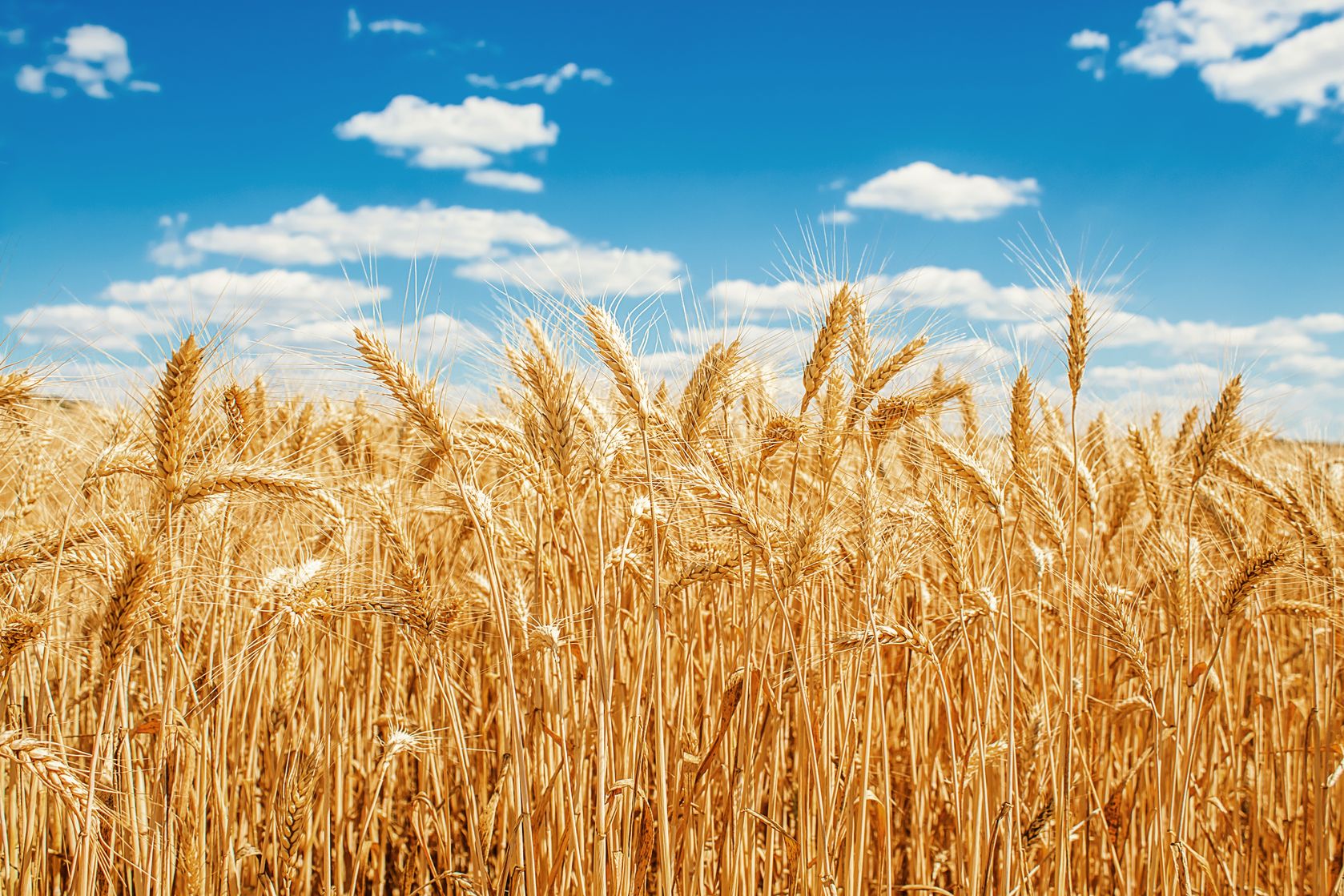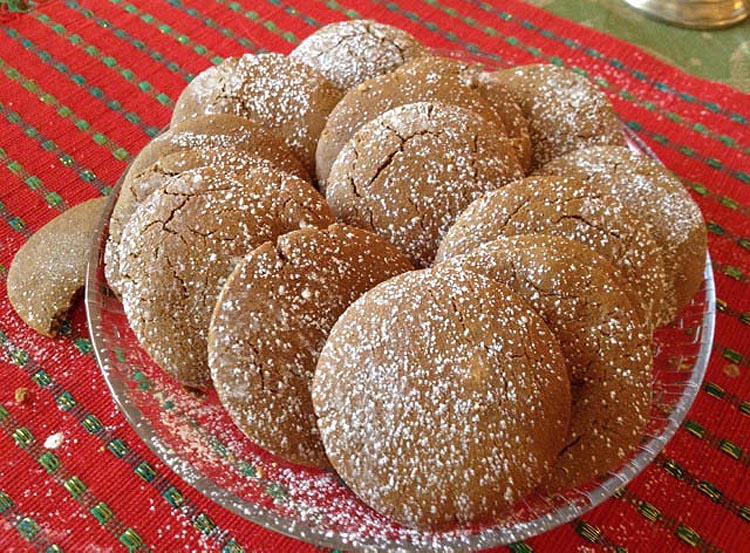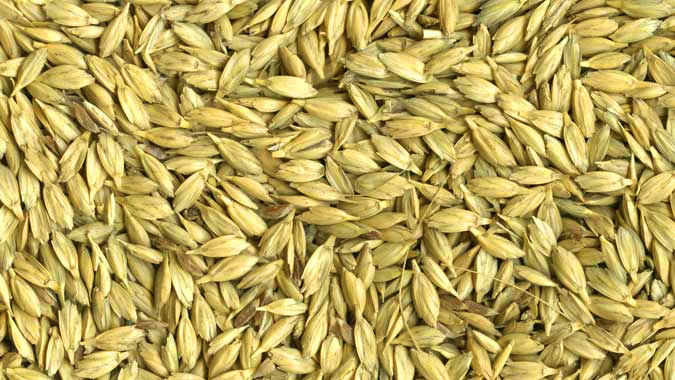Share This
I’ve been travelling a lot the past few weeks, and while on the plane recently I struck up a conversation with the passenger next to me. He was excited to hear that I work for the Whole Grains Council, as his wife had cut out gluten years ago. He told me about how they’d struggled to adjust to a grain-free lifestyle, which immediately made me think of a common refrain here at the WGC: “gluten free does not mean grain free.” In fact, most grains are entirely gluten free! If you, like my fellow passenger’s wife, have avoided all grains due to concerns about gluten, read on to learn more about the other options available to you.
Gluten is a protein found naturally in all wheat, barley, and rye. About 1-2% of the population is estimated to have Celiac disease, an autoimmune reaction to gluten, and a further 1-6% are thought to be otherwise sensitive to gluten. Rising awareness of these conditions has made life easier for those who suffer from them, but there’s still much confusion surrounding which grains are safe for gluten-free diets, whether some groups of wheat are lower in gluten than others, and even whether a gluten-free diet is healthier for all people, not just those with diagnosed sensitivities.
For those who have Celiac disease or other gluten sensitivities, the options are not nearly as limited as they may seem! Almost all grains are gluten-free by nature. From familiar favorites like oats, rice, and corn to more niche options like amaranth and quinoa, gluten-free grains abound. Even buckwheat, despite its name, is gluten free! (Buckwheat is in fact technically not a grain at all, so individuals with celiac disease, go wild!) The rise of delicious, widely-available gluten free options is reflected in our Stamped product database– there are currently over 2700 gluten-free products bearing the WGC Stamps!
Gluten-free grains can be used in combination with other healthy ingredients to replace wheat flour in gluten free cooking and baking. Grocery stores now carry gluten-free breads, cookies, and crackers, while cookbooks and blogs dedicated to gluten-free baking abound. For those who cannot tolerate any gluten, the options are better than ever.
But what about those who don’t mind a bit of gluten, but want to try minimizing it? Are some varieties of wheat lower in gluten than others?
Despite common misconception, all wheat varieties actually have about the same amount of gluten! Even ancient varieties like spelt and einkorn have about the same amount of gluten per serving (if not more) as the more commonly used varieties.
This scientific paper compares the gluten content of different wheats (comparing ancient wheats like einkorn, emmer, and spelt to modern wheats like durum and common wheat). The paper found that, “Einkorn, emmer and spelt had higher protein and gluten contents than common wheat at all four locations,” and “in general, spelt had the highest gluten content, but no difference was observed in the gluten contents of durum wheat, emmer and einkorn. All four species had significantly higher gluten contents than common wheat.”
If that’s the case, should those of us who can tolerate gluten be avoiding it at all? Isn’t a gluten-free diet supposed to be healthier?
Not at all, according to many, many studies! As one paper published in Science Direct put it, “no data justifies a negative opinion about whole-wheat products in a healthy population.” Unecessarily avoiding gluten can in fact be detrimental to health, as it may lead us to avoid eating the recommended amount of whole grains per day, substituting for less-nutritious options, or skipping meals altogether when gluten free options aren’t available. So if you haven’t been diagnosed with celiac disease or other gluten allergies, go ahead and enjoy that bowl of whole wheat pasta or the yummy-looking apple cake your coworker brought in. It’s delicious and healthy. And for those of us who cannot eat gluten, rest easy knowing that there are plenty of nutritious grains available. (Rebecca)
For more on gluten-free grains, you can download our in-depth handout here.
What are your thoughts on gluten free diets? Have you had success replacing wheat with gluten-free grains in your cooking and baking? Why do you think gluten free diets have become so popular outside of those with Celiac disease? We’d love to hear your thoughts!
To have our Oldways Whole Grains Council blog posts (and more whole grain bonus content!) delivered to your inbox, sign up for our monthly email newsletter, called Just Ask for Whole Grains.




Comments
Add a Comment